THE BIKINI ATOLL – MARSHALL ISLANDS – 2018: BLOG TWO – The End!
DAYS EIGHT TO DAY TWELVE – The 13th was just getting home to Reno:
Warning…This post is IMAGE INTENSIVE; proceed at your own risk!
After diving the Japanese Battleship Nagato, I wanted to start documenting this adventure, so I stayed up until 0200hrs into Day 8 creating Blog 1 and attempting to upload it from deep in the South Pacific; not many internet hot-spots here; our Cruise Director, Craig, from Canada (letting me know that they only have a certain amount of data to sell) determined that it probably is not possible to do a live blog. Bummer I know, as that is an important part of these adventures for me but it kept me entertained until 0200 hours on Day 8.
So, with about 4-hours of sleep under my eyelids and the first dive being back on the Saratoga, I opted to give my body a rest from the decompression, get my gear organized for the Day 8 afternoon dive on the Apogon (a submarine) and get in a quick nap before we splash this afternoon at 1430hrs.
Day 9 was another dive break day; but only the afternoon dive. We woke anchored upon the USS Andersen, a Destroyer sunk in the Able blast, and this was to be our only dive today. (More on the dives from Day 8 -11 in a bit.)
A real treat to this ninth day was the excursion we took to the actual island of Bikini. The dingy dropped us off at the dock about 1400 hrs on the island and we walked about a mile to the “village” where there are 7 locals living. It was truly a ghost town. There was at one time, a dive shop but the last record of it was 2010. It is now empty and they left in a hurry as everything, compressor, scuba tanks, filling tanks, work bench tools and regulators under repair are still there, quite weathered but telling a cool story (the images below tell this story). The crew from the Truk Master showed up about 1600 hrs with a full compliment of supplies to provide an incredible BBQ on the beach.
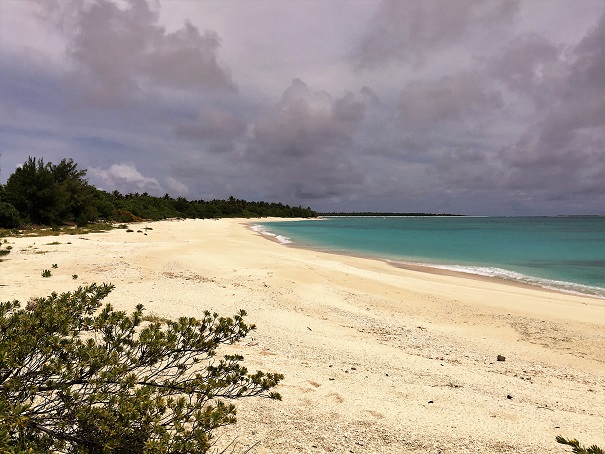
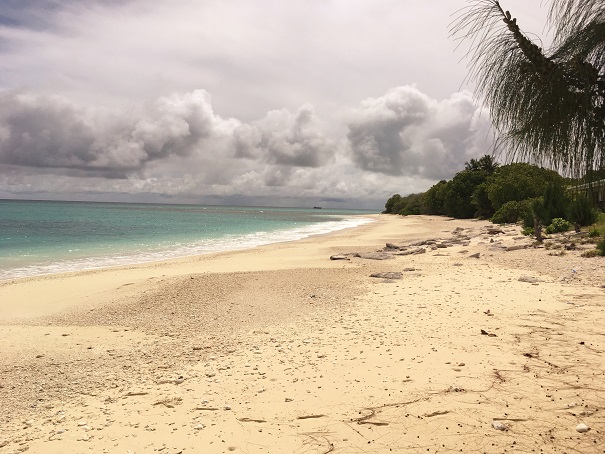
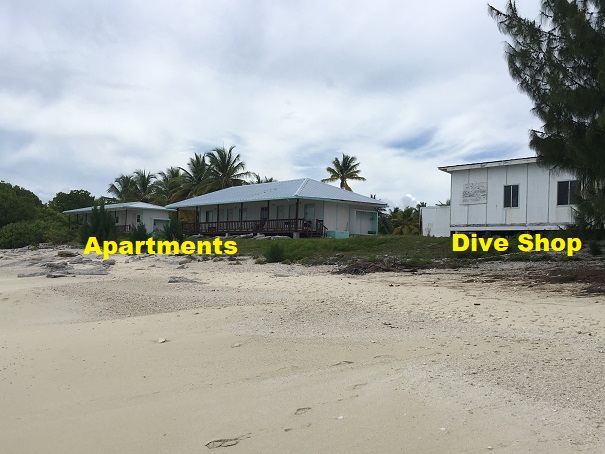

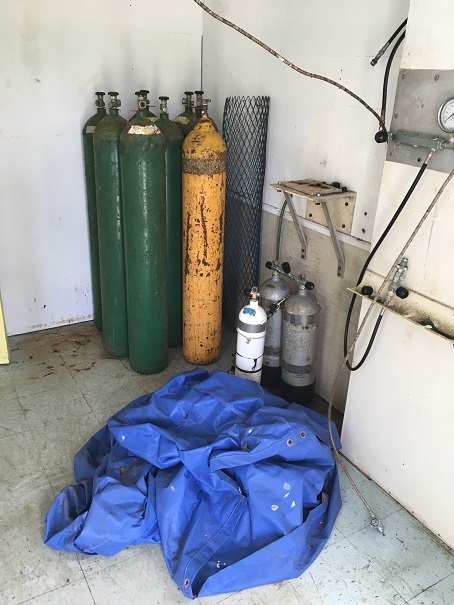
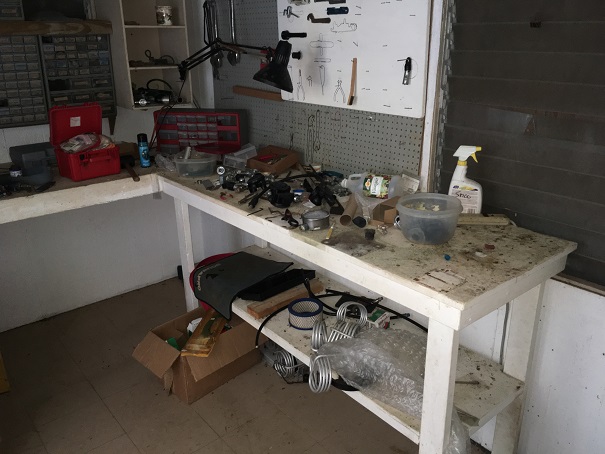
I digress here. Often it is hard to capture one’s thoughts immediately during a mission such as this; it takes reflection and possibly the completion of the dives to understand fully the magnitude of what you have just experienced. As I sit here compiling my thoughts during our now 27-hour boat ride back to Kwajalein, I realize that underwater, Operation Crossroads was simply an exercise in devastation; devastation to our marine fleet and to the pristine waters within the Bikini Atoll. It became apparent to me during our last dive on the Carlisle that what I have seen since our first dive on the Saratoga to this last dive was that each wreck denoted a certain level of “devastation and destruction” (DD). The Carlisle being absolute strewn about the seabed and a heap of twisted metal, cable and ship debris: albeit, there was a container of “bullets” sitting upright on the bow; how the hell? The Lamson, completely upright and one of my favorite “eye candy” dives, displayed prevalent DD but not as much as the Carlisle and the Arkansas, Dive 9, the only US Military Ship to ever fly (see image), was upside down but the hull structure was twisted and bent like a flex toy children play with.
Now I consider all this DD and it was done to analyze what a nuclear blast would do to our naval assets but I know, absolutely know, that they never went underwater, diagramed the debris field of say the Carlisle and assessed and evaluated the forces necessary to rip apart that ship and send tons of deck superstructure 100’/30m to 150’/45m away from the main ships wreckage. Yes, a nuclear blast sunk our ships. Yes, they took a hell of a blast. BUT…what did we actually learn and improve upon. If you know, please share. I would bet nothing except the immaturity of our military thinking standing there after the blasts saying, “wow, did you see that? Those nukes really wreaked havoc upon our ships. That was sooooo cool!” End of evaluation. To me, that is simply crazy as I look around and photograph the bottom and realize just how much DD to these ships did occur and what possibly could have been learned had a complete and thorough evaluation of the Able and Baker blasts.
So, what about the dives! I left off on Day8 with the Apogen, then Day 9 was the Anderson followed by the Arkansas and the Saratoga (Day 10) and ending on Day 11 with the Lamson and the Carlisle. I think I want to start with my favorite wreck and then working towards the most devastated of the wreck’s I enjoyed. (NOTE: The name of the wreck in BOLD is the web-link to a complete description.)
USS LAMSON –
The USS Lamson (DD-367) was a 341ft/104m Mahan-class destroyer of the United States Navy and was sitting upright and proud on the bottom of the Atoll. In really good shape and because of its size, about a US football field in size, you could really conceive the entire ships format; it also had a lot of very cool features that were intact, and unbelievable in the way they appeared, to see and image.
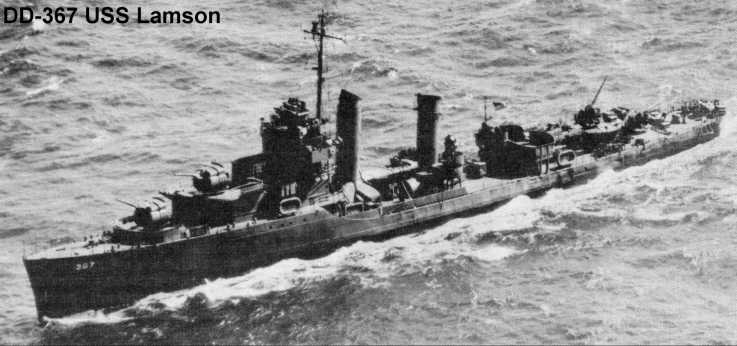
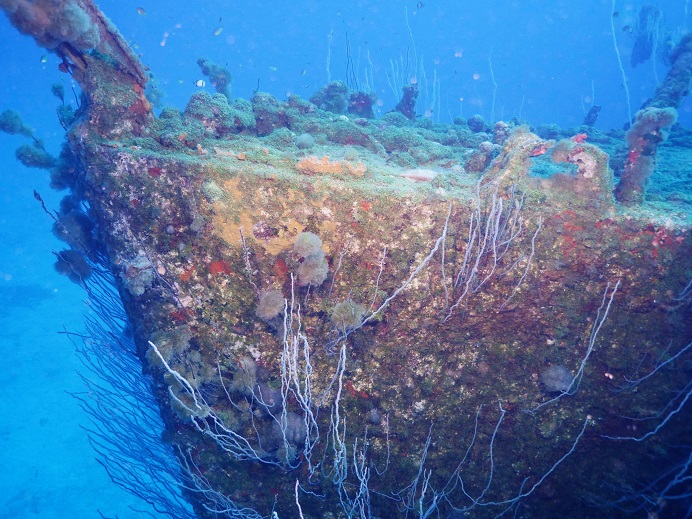
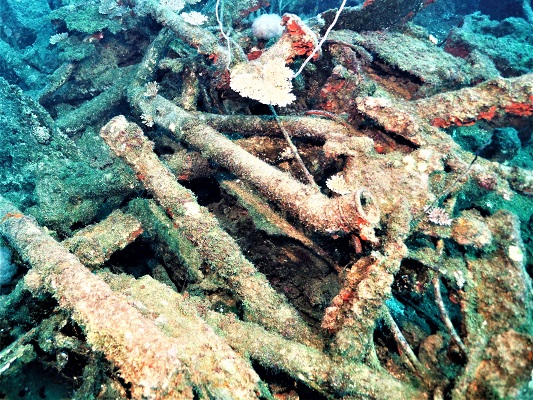
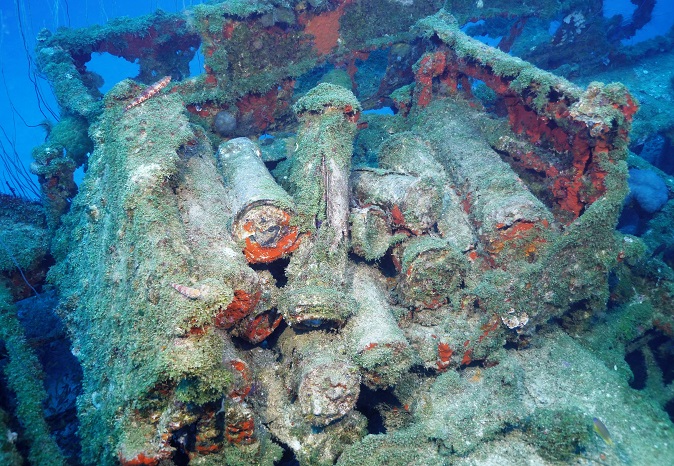
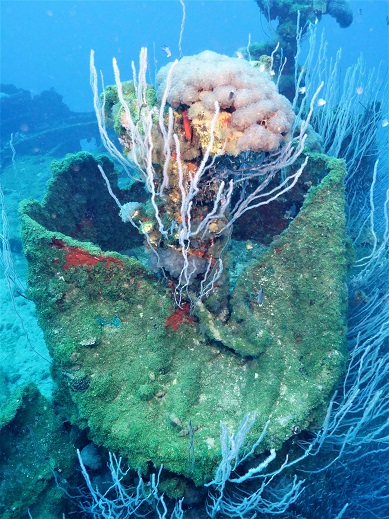
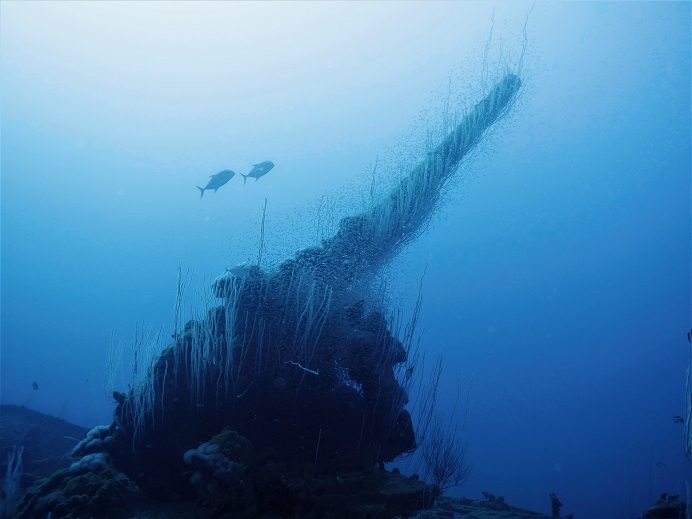
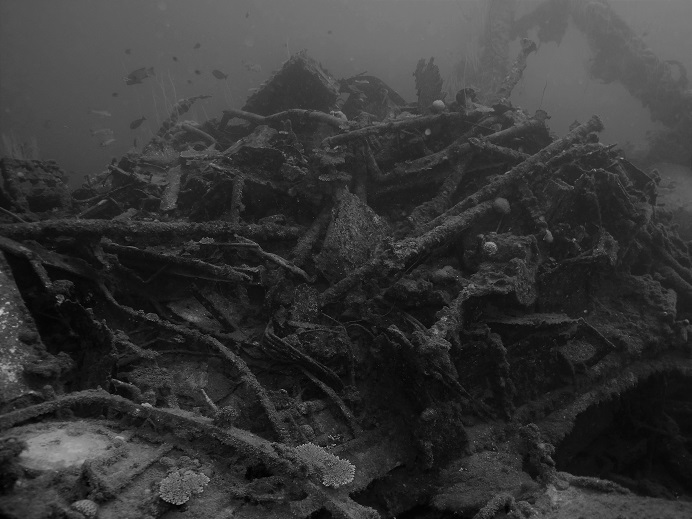
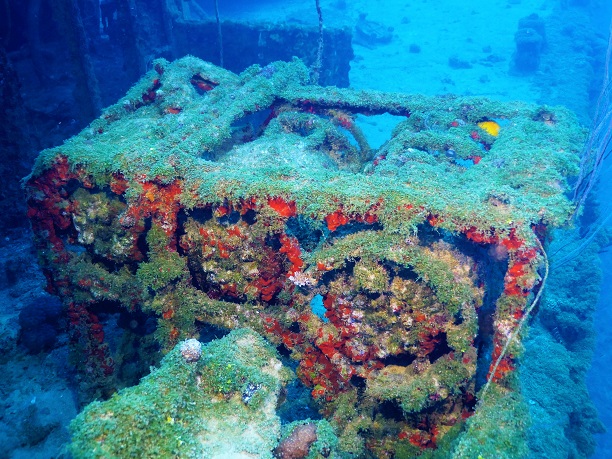
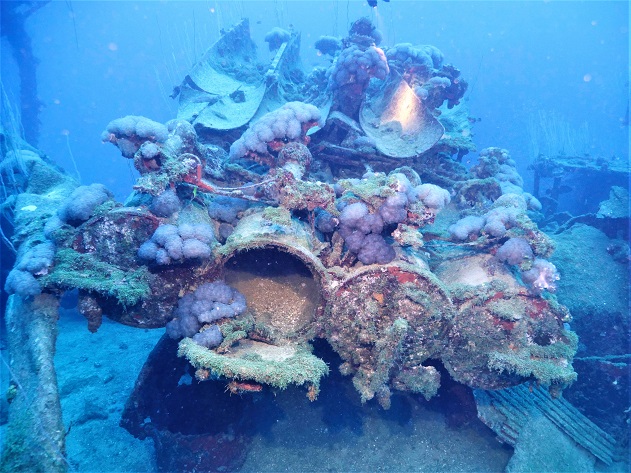
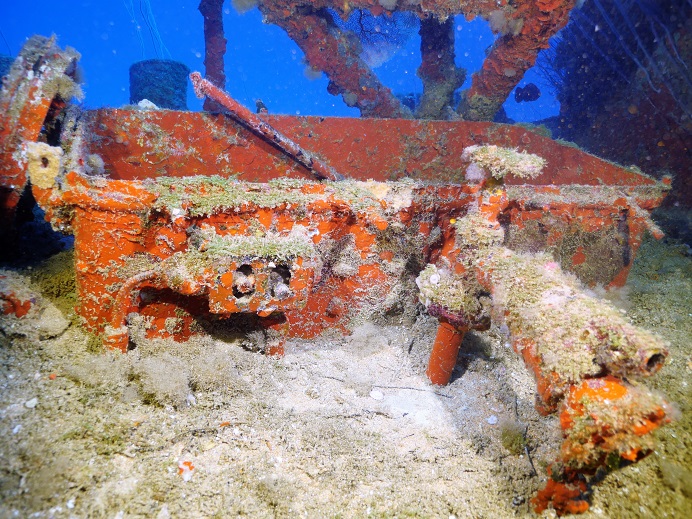
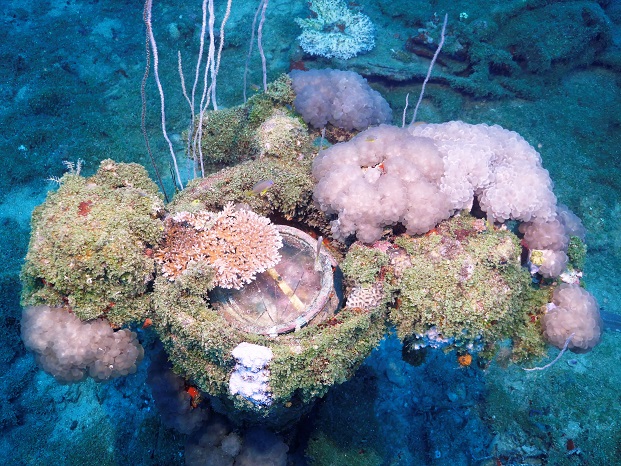
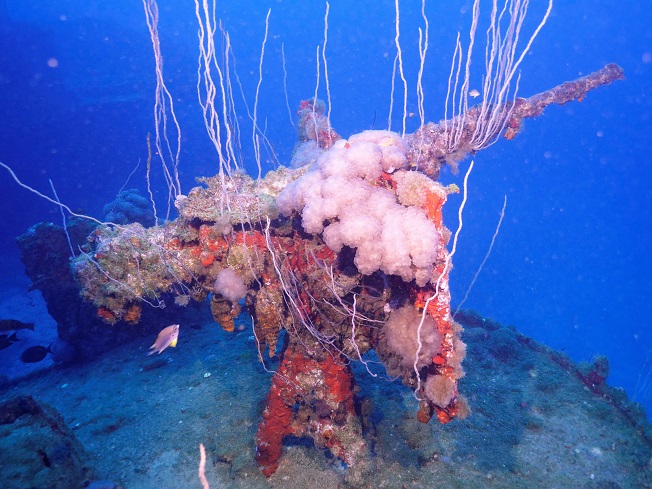
USS APOGON –
The USS Apogon (SS-308), a Balao-class submarine, was a ship of the United States Navy. Also sitting upright on the bottom and at 311ft/95m, was also comprehensible as to its structure; you knew it was a submarine and looked so.
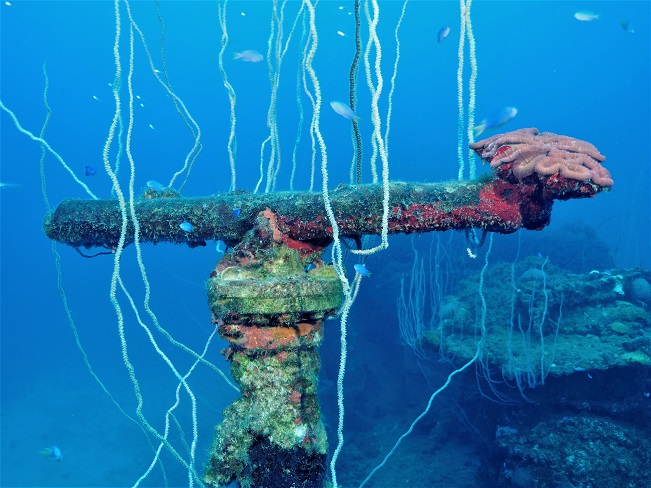
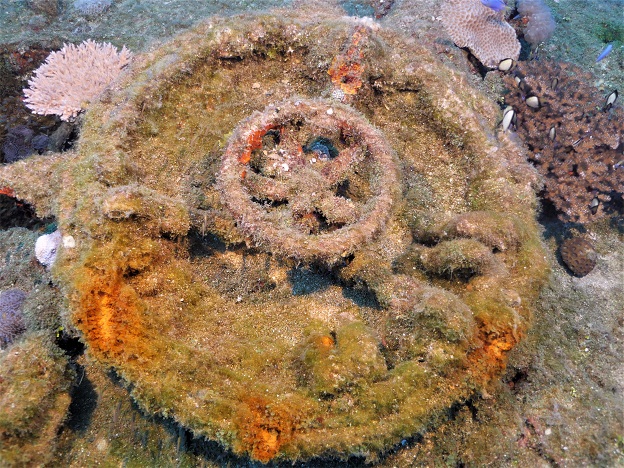
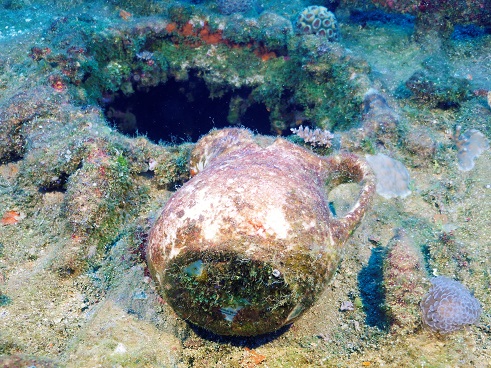
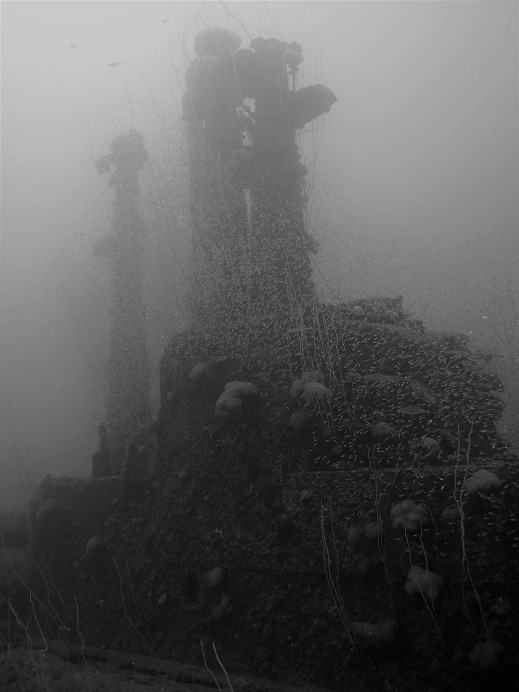
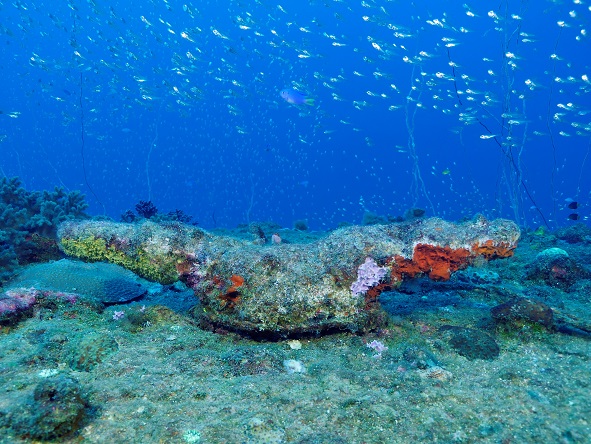
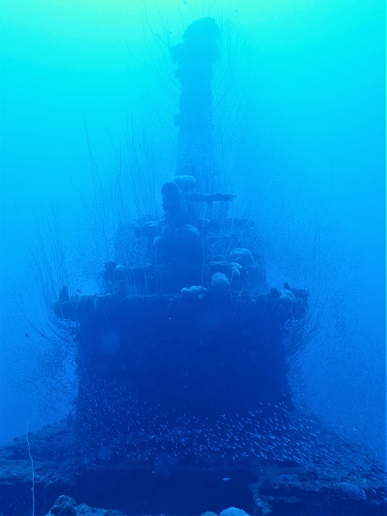
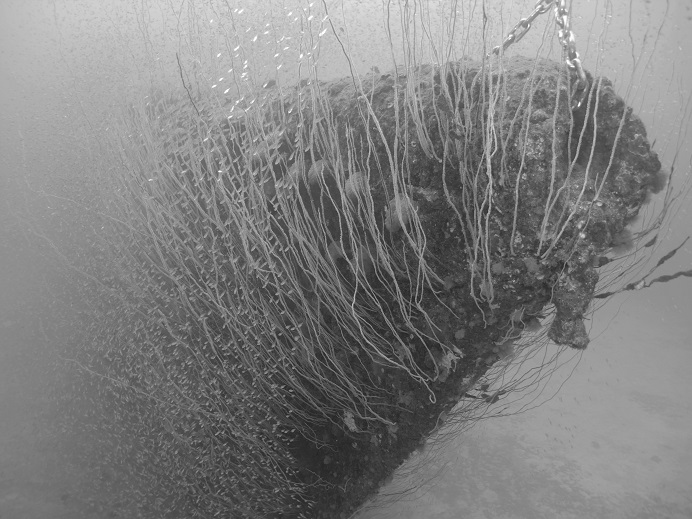
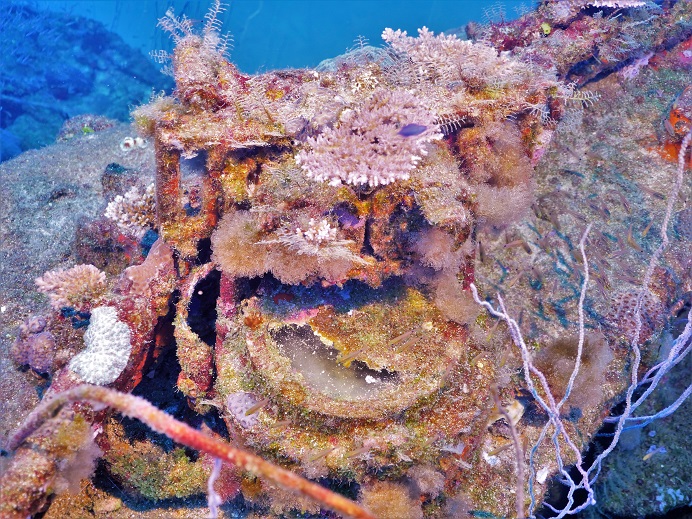
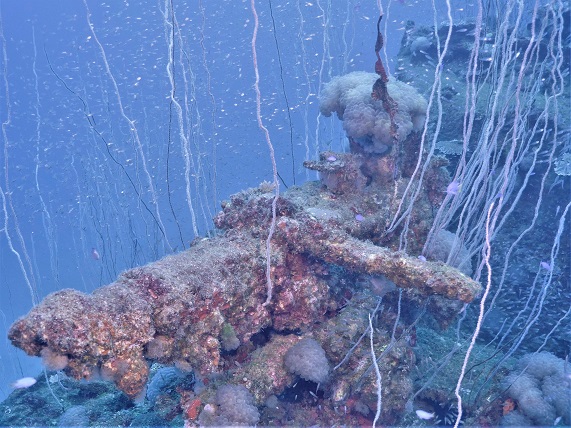
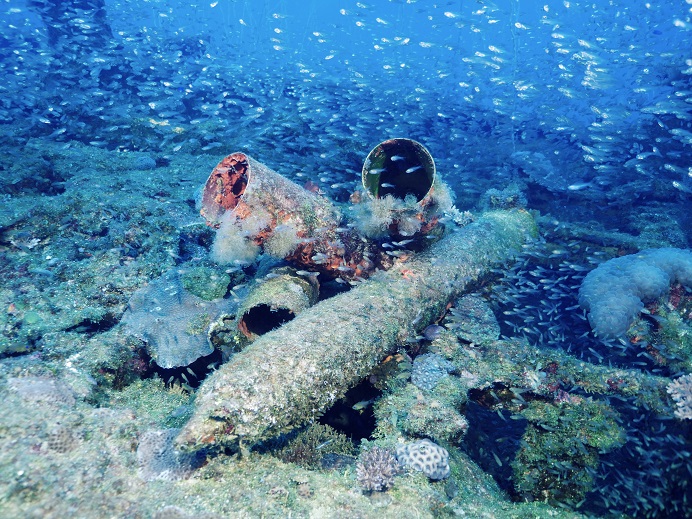
USS ANDERSON –
The USS Anderson (DD-411) was a Sims-class destroyer in the United States Navy. Resting upon her port (left) side, was not as photogenic but began to demonstrate the destructive powers (the Able blast, July 1946) that sunk her. Again, at 348ft/106m, she was a dive that you could easily enjoy from bow to stern.
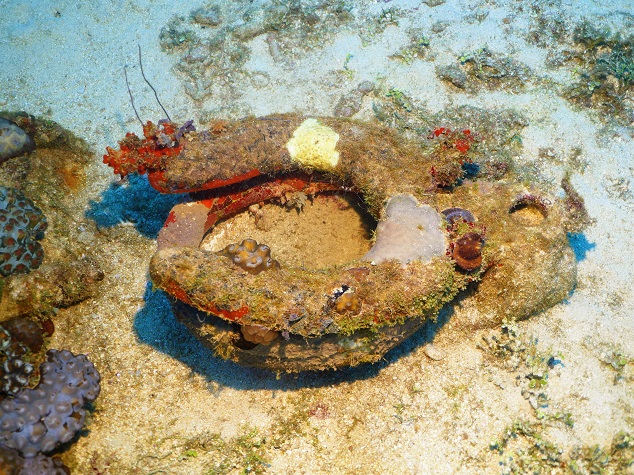
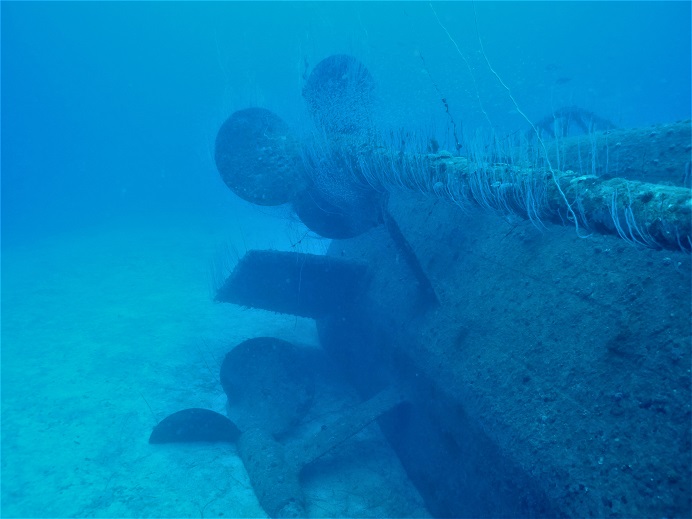
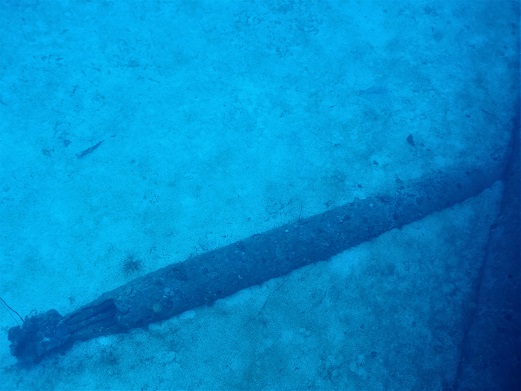
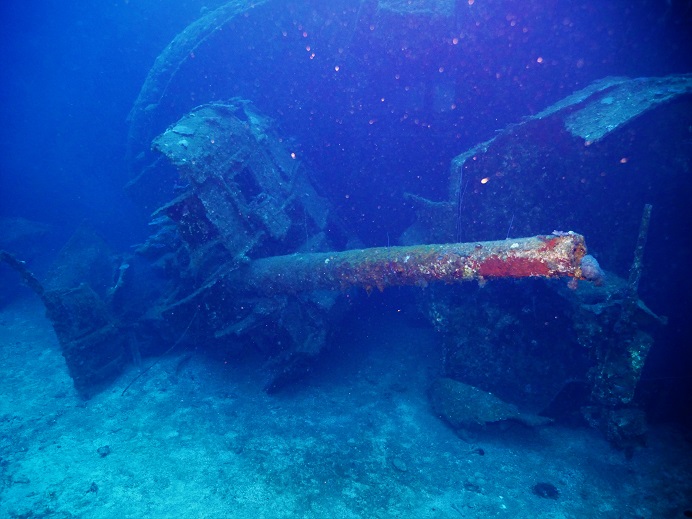
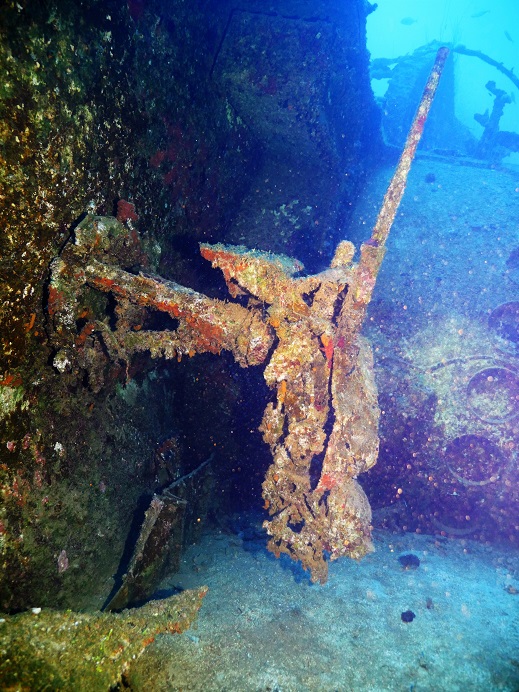
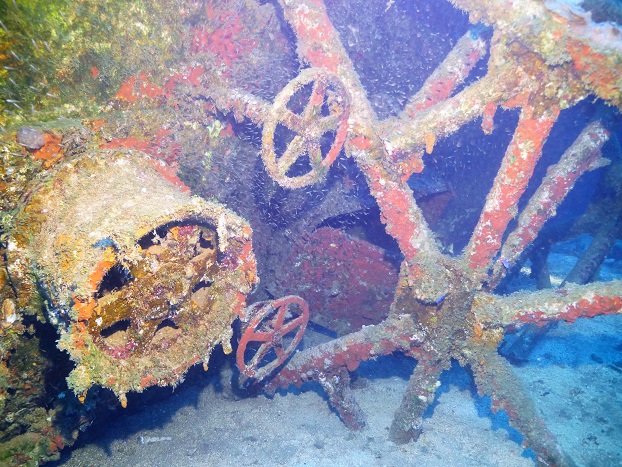
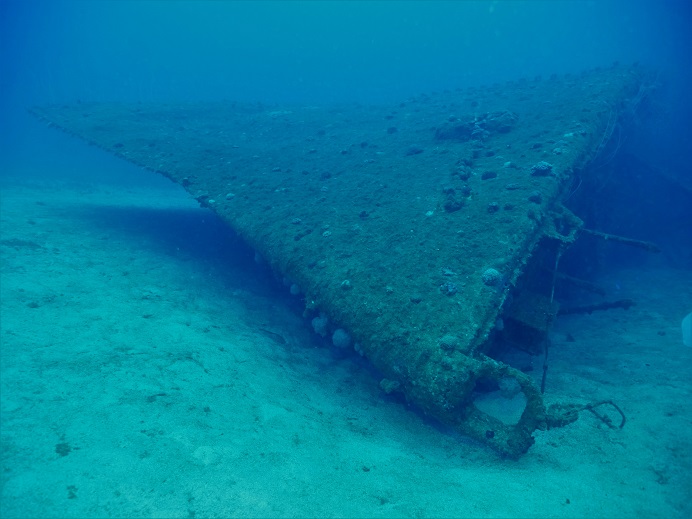
USS ARKANSAS –
The USS Arkansas (BB-33) was a dreadnought battleship, the second member of the Wyoming class, built by the United States Navy. At 562ft/171m, she would not have been as easy to dive but because this ship was the only US Battleship to ever fly (see image 1), there was not much to photograph except the twisted length of her hull (look at the twisted lines in the images – they should be straight!). This was also the site of my third and final Project Baseline station.
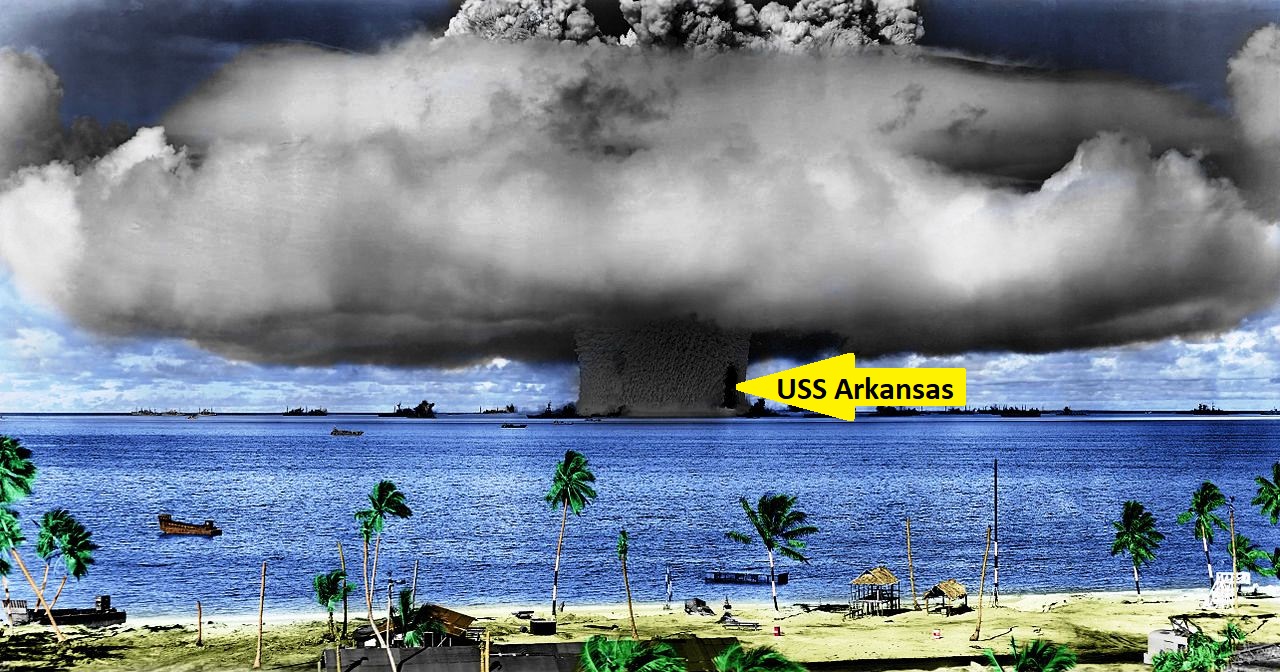
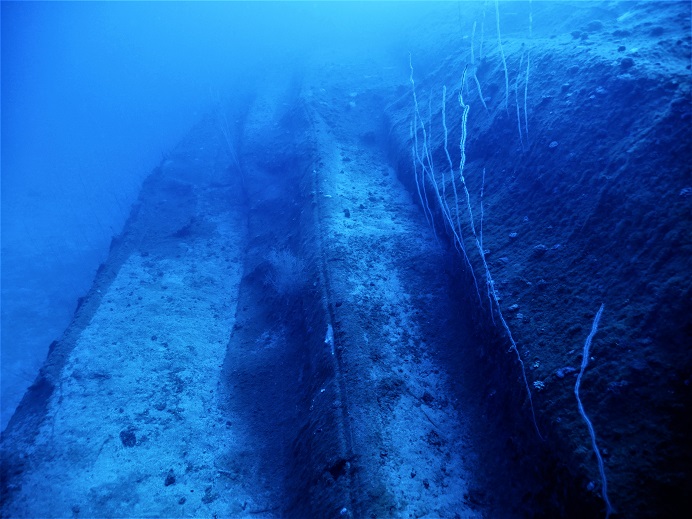
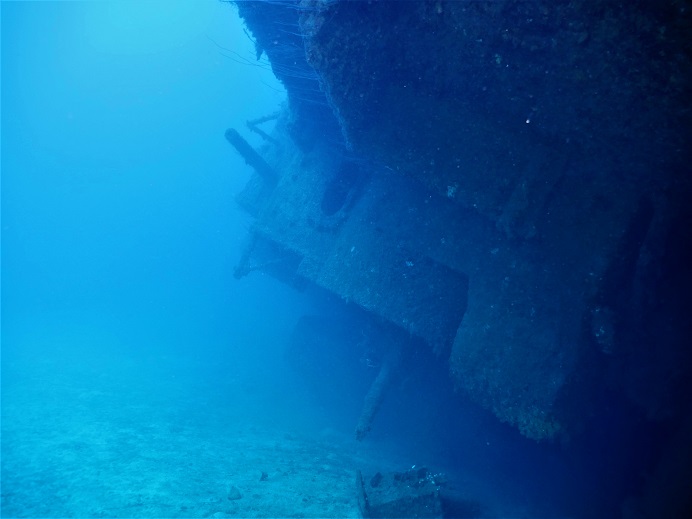
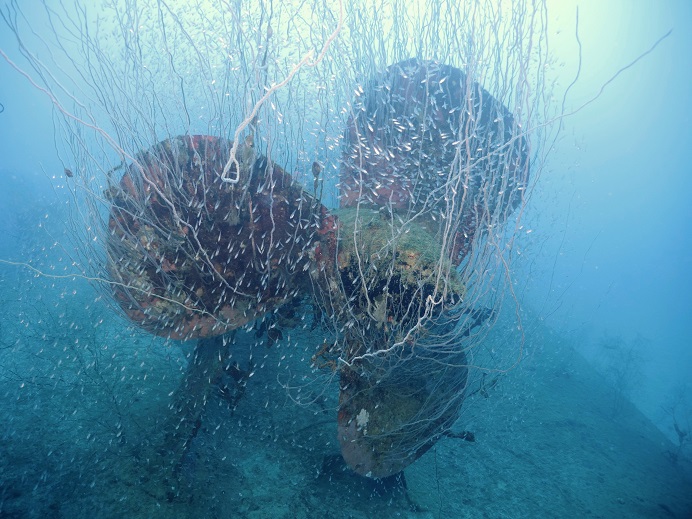
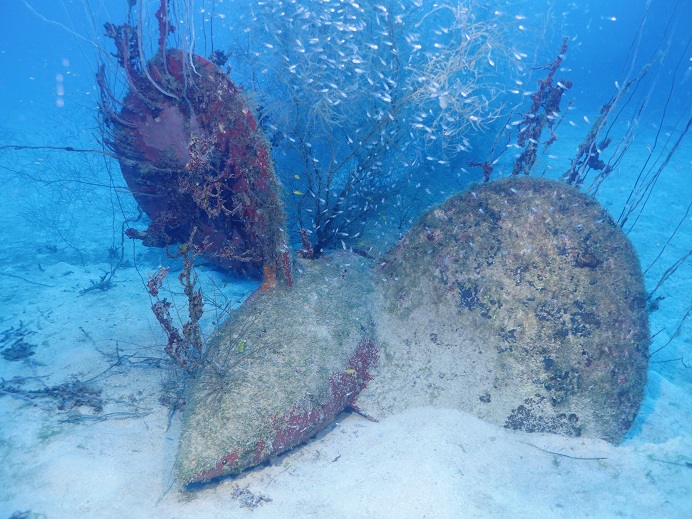
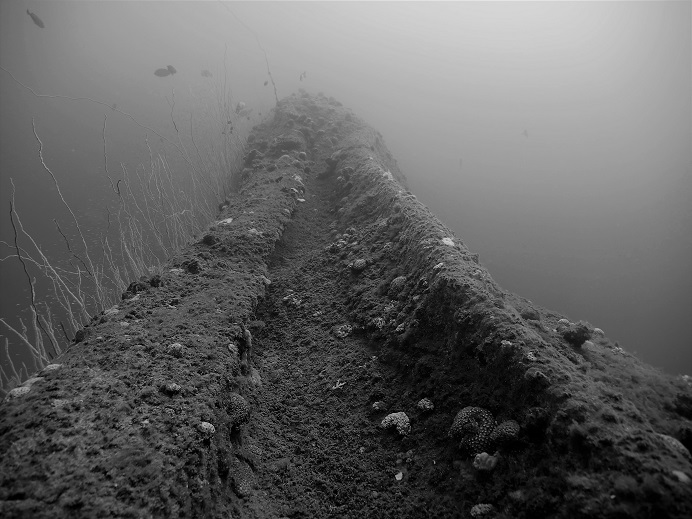
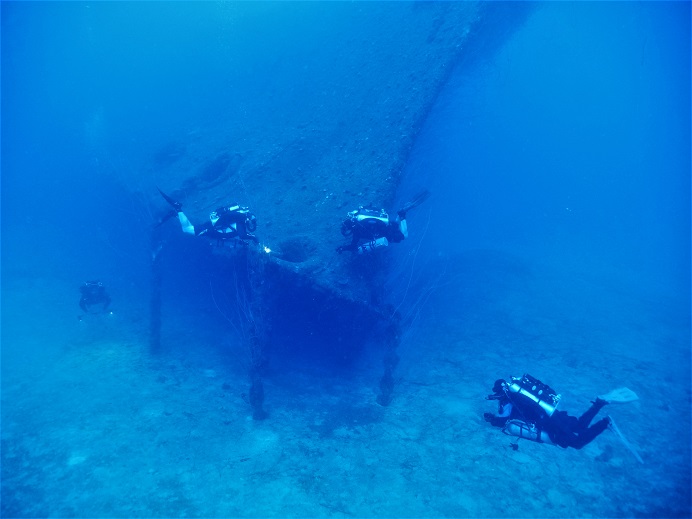
USS CARLISLE –
The USS Carlisle (APA-69) was a Gilliam-class attack transport that served with the US Navy during World War II. It was literally strewn about all over the bottom however, and amazingly so, there were still some really neat features to photograph and enjoy. It was amazing to me, as in many of these wrecks (Saratoga, a light bulb intact?… and there were several!), how there could be such detailed features upon their decks still intact after absorbing a nuclear explosion!
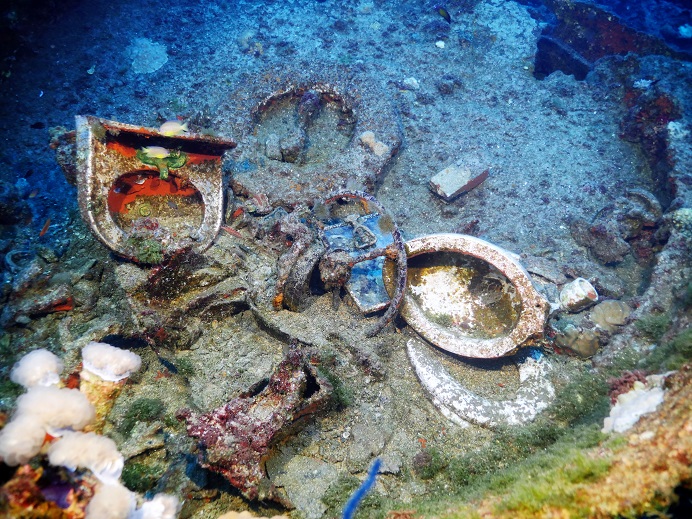
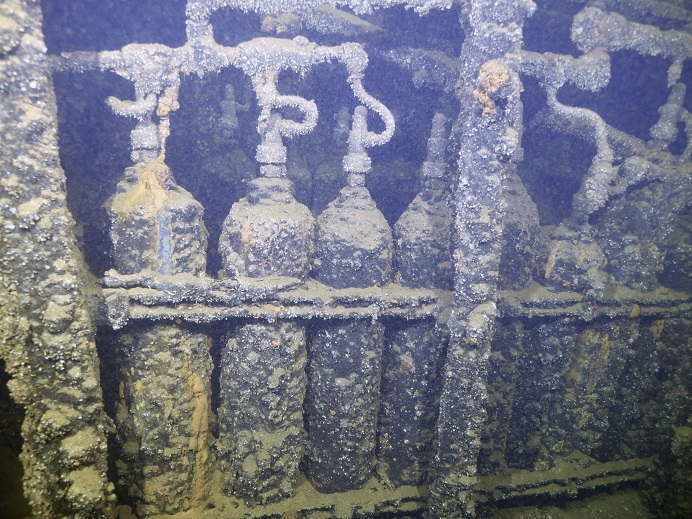
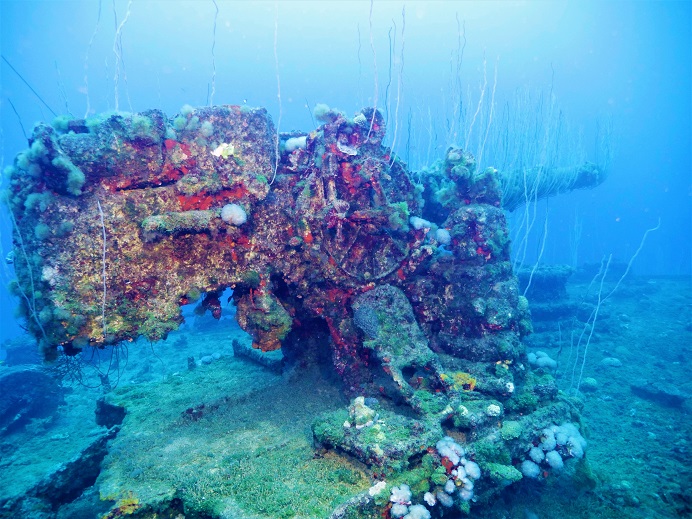
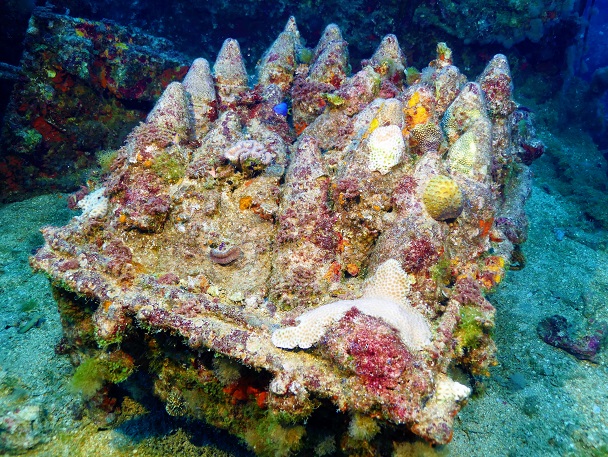
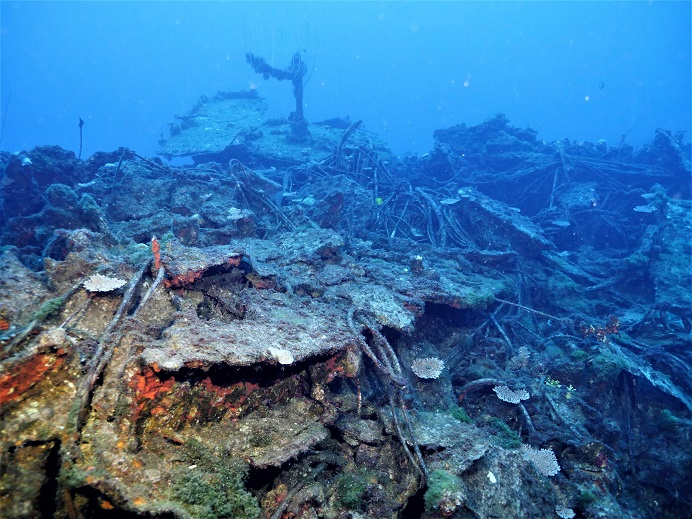
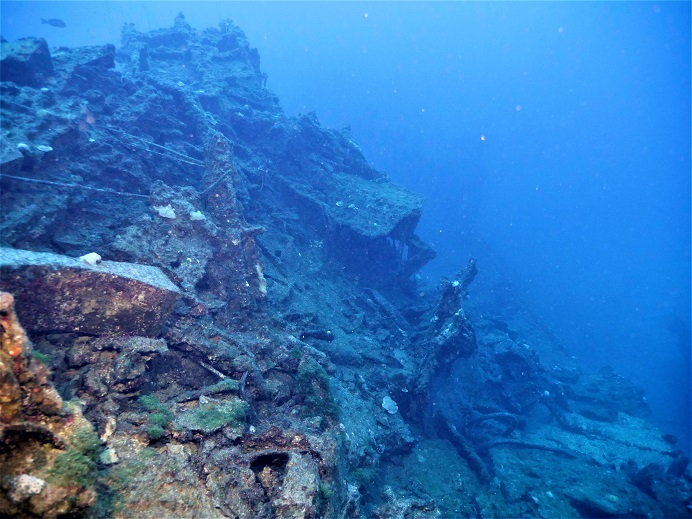
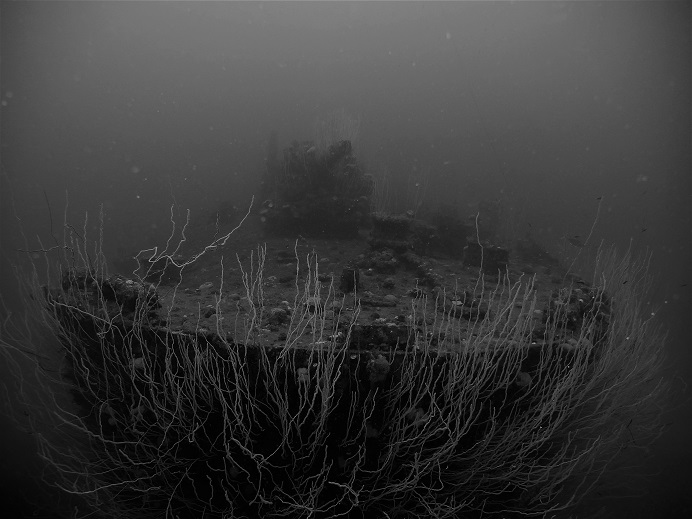
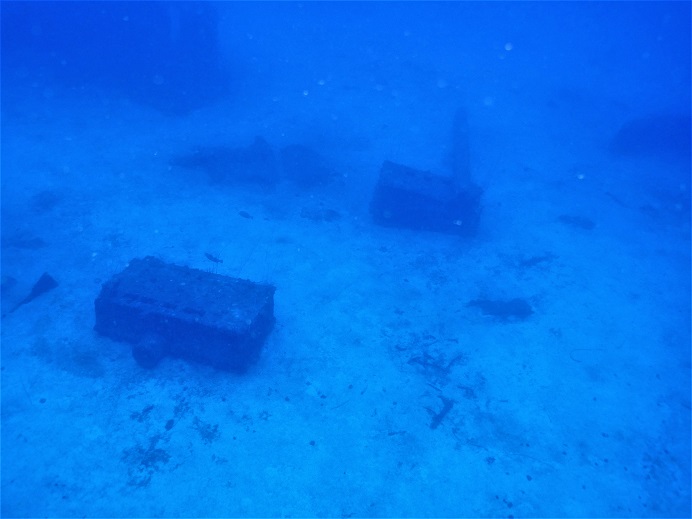
Day 12 was the 27-hour boat ride back to Kwajalein and a time for organizing equipment, reflection on the past 11 days, conversation with an incredible group of people (both my fellow Divers and the Truk Master Crew), more reflection and composition of this Blog. We did 1443 minutes underwater in 12 dives over 7 days to an average depth of 46m/140’. We spent 240 hours on the ship with a brief, day five, on-land excursion for about 5 hours to the Island of Bikini and of 13 total days, I spent 5 travelling! Wow.
I think it important to note that the underwater environment was not quite what I expected but for a radioactive hot-bed, it was probably my fault in having expectations above what they should have been. What I noticed is that there was tremendous algae, but again at these depths, and compared to other parts of the world, I suspect it was much the same; certainly was in Bermuda (2016 Blog Posts) and Fiji (2017 Blog Posts) so I am not sure why I am surprised. Maybe it was the fact that this location is so remote and after 72 years I expected something more magnificent? It was incredible to say the least but that was for the history and the shipwrecks, not the environment. The visibility was less than I expected but when you realize the Bikini Atoll is simply a huge bathtub in the middle of the South Pacific and gets very little current (fresh water flow) within its boundaries, I guess the visibility was great all things considered; for me, I expected better. The corals were small and the fish life was no where near as prolific as I had expected. I think though, I am swayed by my work with the environment and again, very ashamed as to what the USA did to this part of the world.
I do want to recognize my dive buddy, Richard, for his unbelievable skill, attention and curiosity for diving and that which lies underwater. Every dive from the moment of descent to surfacing and even throughout the tedious, mind-numbing decompression, I had one of the best times I have ever had underwater. Thank you “Handsome”!
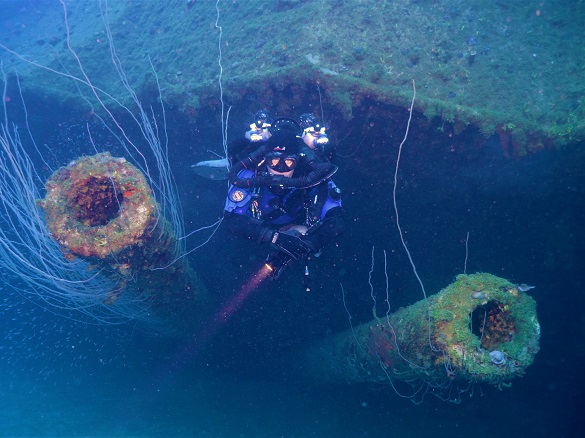
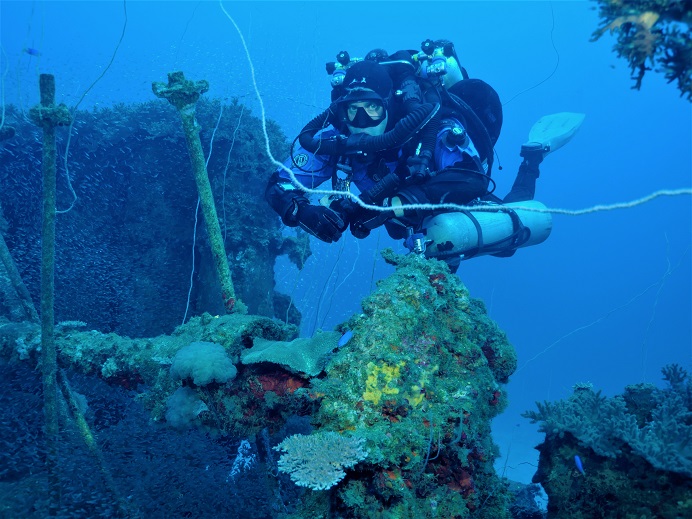
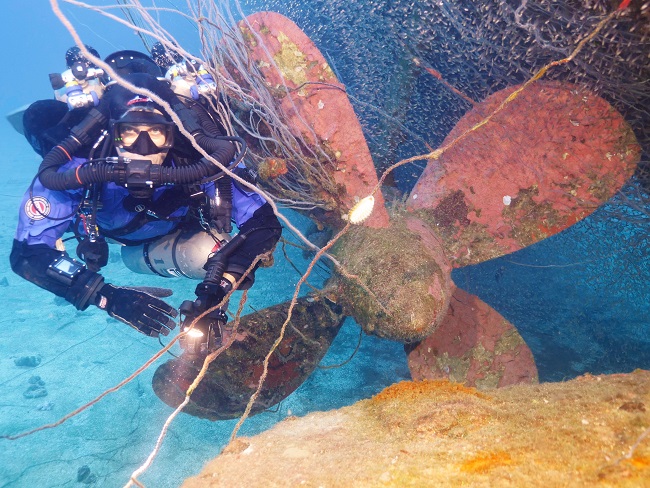
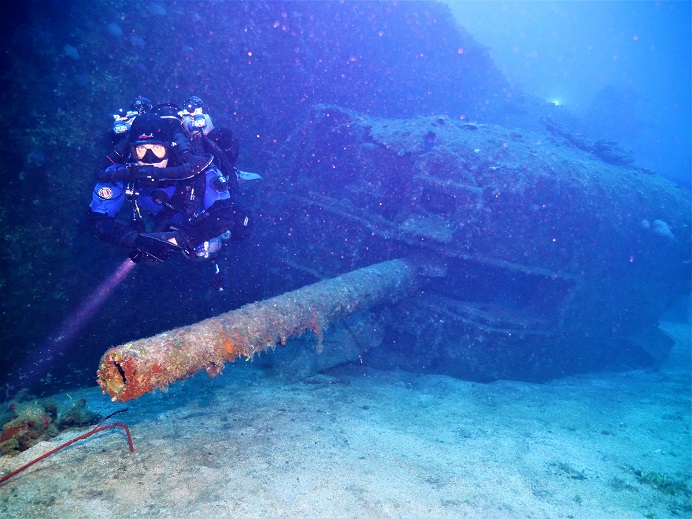
I also want to thank the entire “Team”. I have been blessed in this industry to dive with some incredible people and these 8 are right up there at the top! I wish you all the best in your future diving endeavors
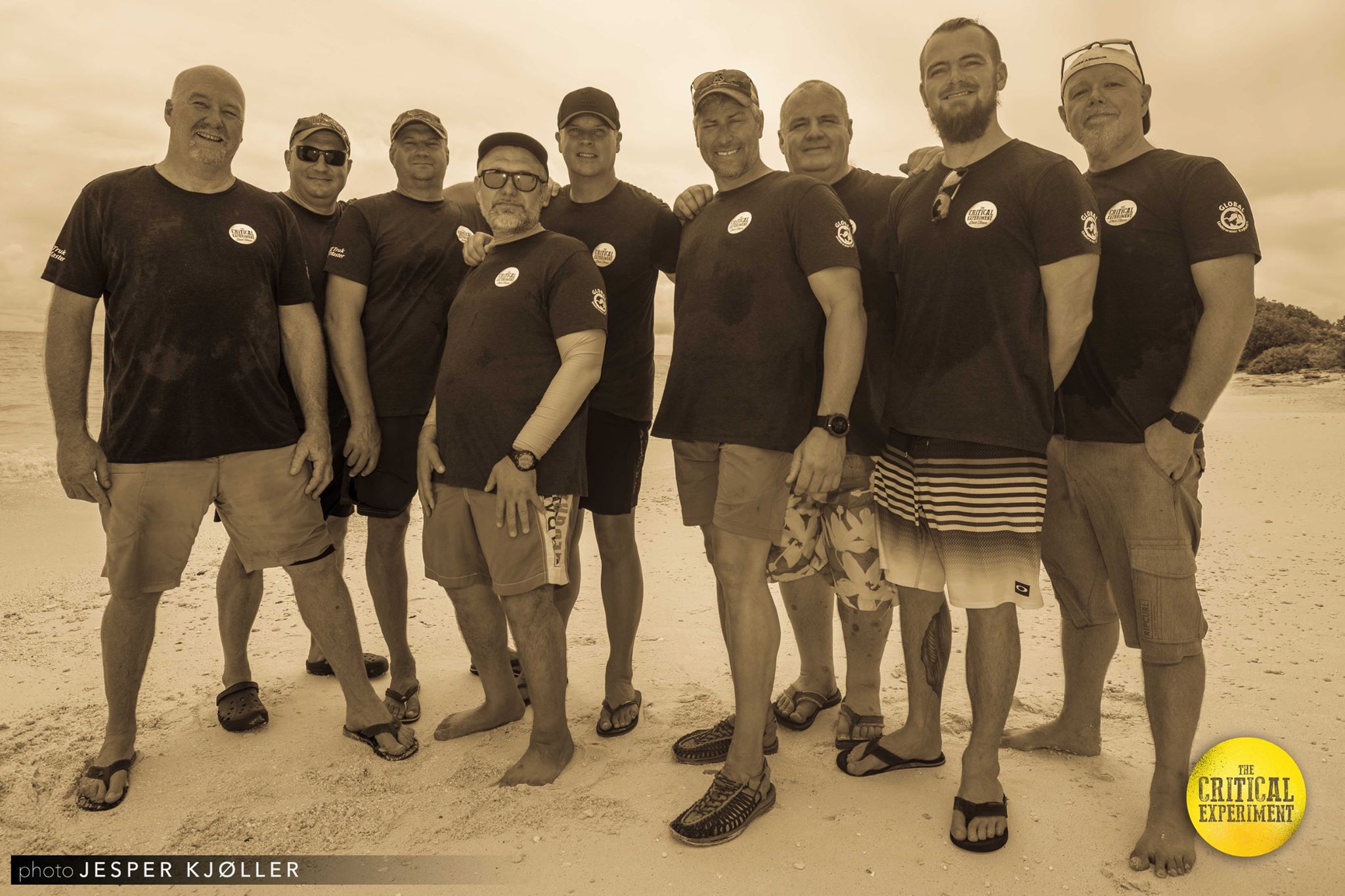
Me, Pavel, Igor, Alexy, Mr. Richard Lundgren, Handsome Richard, Duncan, Aron (Expedition Leader) and Jesper
As for me, this is it! I am saying farewell to the dive industry after 4 decades of participation. This will be the last “Dive Mission” blog for Martin as President and Founder of NMDE. Of which, NMDE will be fading away over the next couple of years due to lack of local interest.
I do have to end by saying that of any place to end my 4 decades old diving career, I am honored and pleased that it was with this group of people, this type of expedition and in this remote part of our Globe. A venue consistent with the remote and aggressive levels I took my diving [deep mixed gas, cave, extended-extended decompression diving, re-breather] over the last 20 years of this great 40-year adventure. It all began in 1979 at the University of Oregon and took me on a great ride which provided me many, many great friends, introduced me to the love of my life, saw me raise three incredible children who learned from my passion in diving, took me all over the world, helped me raise awareness to the worsening underwater environmental conditions, place a listing on the National Register of Historic Places (The SS Tahoe) and outright define me as a contributing member to the dive industry but…now it is time to say so long. I am on to other things with a level of excitement I have not experienced in a long time. I depart with a huge level of pride in my accomplishments and reputation within this incredible industry. Thank you all who participated from my PADI Open Water Instructor in 1979, Gerald Demers right up to all of you who have read and enjoyed my “verbose” Trip Reports and Blogging!
I wish everyone well, safe diving, great adventures and happiness in their future endeavors! Martin McClellan….Out!!!
